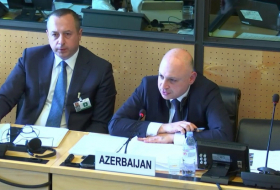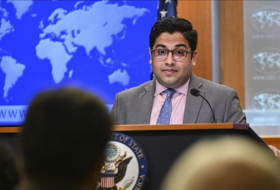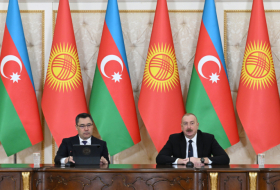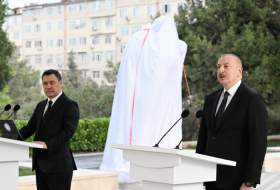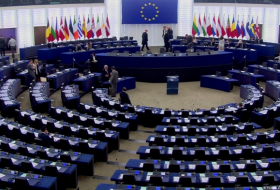A group of 239 scientists from 32 different countries have published an open letter to the World Health Organization and other health agencies, calling for them to update their information on the coronavirus.
In an article entitled "It is Time to Address Airborne Transmission of COVID-19," the group of scientists argue that the WHO needs to give more weight to the role of the airborne spread of Covid-19. The New York Times first reported the news on Saturday.
"There is significant potential for inhalation exposure to viruses in microscopic respiratory droplets (microdroplets) at short to medium distances (up to several meters, or room scale), and we are advocating for the use of preventive measures to mitigate this route of airborne transmission," the scientists wrote in the paper.
It appears to contradict previous evidence that the virus is transmitted from person to person via droplets from the nose or mouth. These are expelled when a person with the infection coughs, sneezes or speaks.
The WHO's current guidance states that the coronavirus is transmitted primarily between people via these respiratory droplets and contact. The United Nations health agency has said this is why it is important to stay at least one meter away from others and wash your hands regularly, or clean with an alcohol-based hand rub.
However, the group of scientists outlined evidence that indicates smaller particles — which can travel much greater distances — can also infect people.
A spokesperson for WHO told CNBC on Monday it was aware of the open letter and technical experts at the organization were currently reviewing its contents. It is "likely" the report will be covered at the group's regular press briefing on Monday, the spokesperson added.
The WHO has previously said it continually assesses "ongoing research on the ways that Covid-19 is spread and will continue to share updated findings."
Airborne transmission
The authors of the letter argue the virus is borne through the air and can infect people when inhaled, whether carried aloft by large droplets after a sneeze or much smaller droplets that could glide the length of the room.
They claim that their emerging evidence indicates airborne transmission could be more important than the WHO has acknowledged to date.
Airborne transmission is different from droplet transmission, the WHO states in a scientific brief on its website. It notes that airborne transmission refers to the presence of extremely small particles that can remain in the air for long periods of time and be transmitted to others over distances greater than one meter.
To date, nearly 11.5 million people across the globe have contracted Covid-19, with 534,460 deaths, according to data compiled by Johns Hopkins University.
The U.S. has recorded the highest number of Covid-19 infections and fatalities, by far, with almost 2.9 million cases and 129,947 deaths reported.
CNBC
More about: WHO










